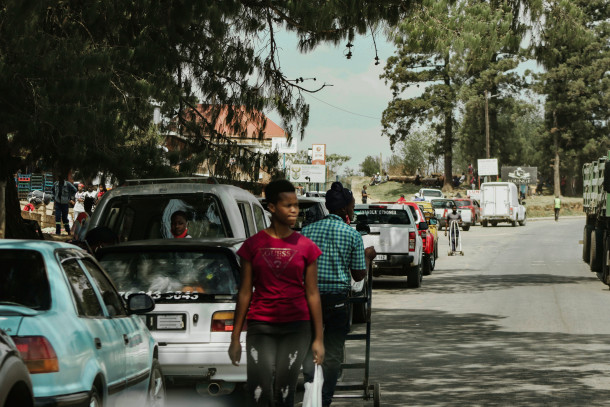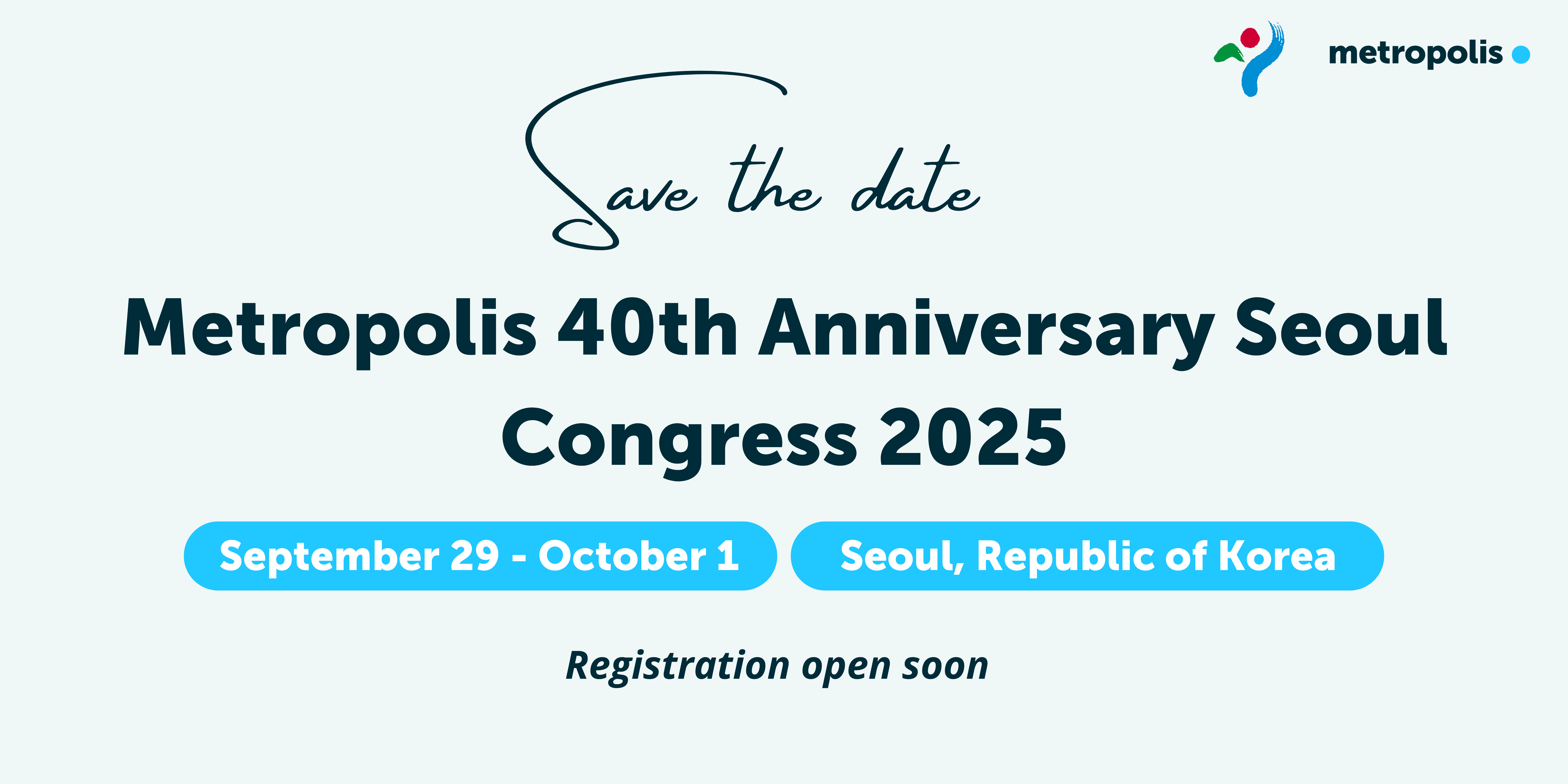
Citymakers Lead the Way: Local Actions, Global Outcomes
Large metropolises around the world are facing an increasing number of complex challenges. From traffic congestion to air pollution, housing affordability to economic inequality, these issues not only affect the quality of life for city residents but also have a significant impact on the wider environment. To tackle these challenges, it is crucial that cities adopt a collaborative approach. This means bringing together a range of stakeholders, including government, business, and the wider community, to work towards sustainable, long-term solutions.
At the Digital Citymakers’ Summit over 300 participants came together to discuss and explore these crucial questions. Bringing together city leaders, experts, and practitioners to discuss the challenges facing cities today and the policies and programmes needed to address them, the event highlighted the innovative approaches being taken by citymakers around the world. In this article, we delve into the recurring themes that emerged during the event and explore the innovative solutions that are possible through collaboration and partnership. From cutting-edge technologies and data-driven approaches to community-led initiatives and government-led programs, we examine the diverse range of tools and techniques that are being used by citymakers to tackle the problems facing their communities and create a better future for all.
Greening the concrete jungle
Nature-based solutions have the potential to revolutionize sustainable urban development. From restoring wetlands to combat floods to bringing trees back to our cities to tackle rising temperatures, nature can play a crucial role in addressing the environmental and social challenges that cities face today. However, while the benefits of nature-based solutions are clear, it can be difficult to reconcile these solutions with the need for housing and other basic infrastructure. To address this tension, city leaders must engage in dialogue with national and international organizations, and involve local communities in the planning and implementation of these solutions.
Restoring trust in local government
One key issue that city leaders are grappling with is the need for green infrastructure in cities. Solutions exist however, there is often a lack of trust in local government's ability to make decisions that benefit the community as a whole. To restore this trust, local governments must involve citizens in the urban development process and transparently communicate the benefits of their plans and strategies. Two such are examples come from Mexico City and Durban.
Mexico City, Mexico
Despite challenges such as loss of biodiversity, soil erosion, and over-exploitation of agriculture, Mexico City is making strides in restoring and protecting its environment. In 2019, the city launched a green infrastructure plan designed to create a network of green and blue spaces. The plan emphasizes multi-scale diversity and resilience and has been adapted to the specific needs of different regions across the country. Four main programs have been created to support the implementation of the plan, including the growth of parks, socio-environmental rehabilitation and conservation areas, green challenges, and river sanitation.
Since the scale of the city is so large, different regions are focused on their respective priorities; however these regions collaborate together to see where their projects can overlap to create co-benefits. In other words, each region is working to solve a piece of the puzzle. Together, one regional piece at a time, they are collectively restoring nature to Mexico City.
"For us, the Green Infrastructure Plan is a milestone in urban planning". Maritza Hernández Solís – SEDEMA, Mexico City
Durban, South Africa
In Durban, a comprehensive green infrastructure plan has been implemented to protect and preserve biodiversity, with a focus on grasslands. The plan uses stewardship tools and involves engaging with the local community, but there are challenges in gaining acceptance from different communities with different values and interests. The city works with "champions" in each region to overcome these challenges and promote understanding of the benefits of the plan through communication and dialogue. A GIS-based tool, systematic conservation assessment, is used to map the city's vegetation and prioritize the protection of natural areas, and inform the development of the city. It is a big-scale project of 950,000 hectares, working on a comprehensive strategy and piloting solutions in a rural context.
"It is important for cities to understand that they are part of the same context in terms of the recovery of green spaces."Sabelo B Nkosi, Durban
One-Size-Doesn't-Fit-All
Iit is clear that nature-based solutions offer a wide range of benefits for sustainable urban development. From reducing the urban heat island effect and mitigating the impacts of flooding to improving the overall health and well-being of citizens, these solutions have the potential to address some of the most pressing issues facing urban areas today. However, it is important to remember that every city is unique and requires specific solutions. This is why it is crucial for city leaders, experts, and practitioners to come together and discuss the challenges facing their cities and explore the most effective solutions.
It is important to remember that every city faces unique challenges and requires specific solutions. That's why platforms like Metropolis’ Urban Sustainability Exchange platform, are essential. They provide a platform for sharing successful programmes, projects, and policies from around the world, and connect citymakers who are working towards sustainable urban development. By looking at these examples, we can gain a deeper understanding of the challenges faced by other cities and learn from their solutions.
Sustainable urban development is crucial for preserving biodiversity and ensuring the well-being of our cities and communities. Nature-based solutions, such as green infrastructure, offer a range of benefits. These solutions are not only cost-effective and easily implementable, but they also have the added benefit of improving the overall health of citizens and the environment. By bringing nature back into our cities, we can tackle some of the most pressing issues facing urban areas today, from climate change to social inequality.
It is important that we come together as a diverse group of city leaders, experts, and practitioners to discuss and explore these solutions, and how we can effectively implement them in our cities. By understanding our city environment and finding the simplest, most effective solutions that all cities can implement, regardless of budgetary constraints, we can create more sustainable and livable cities for generations to come.

